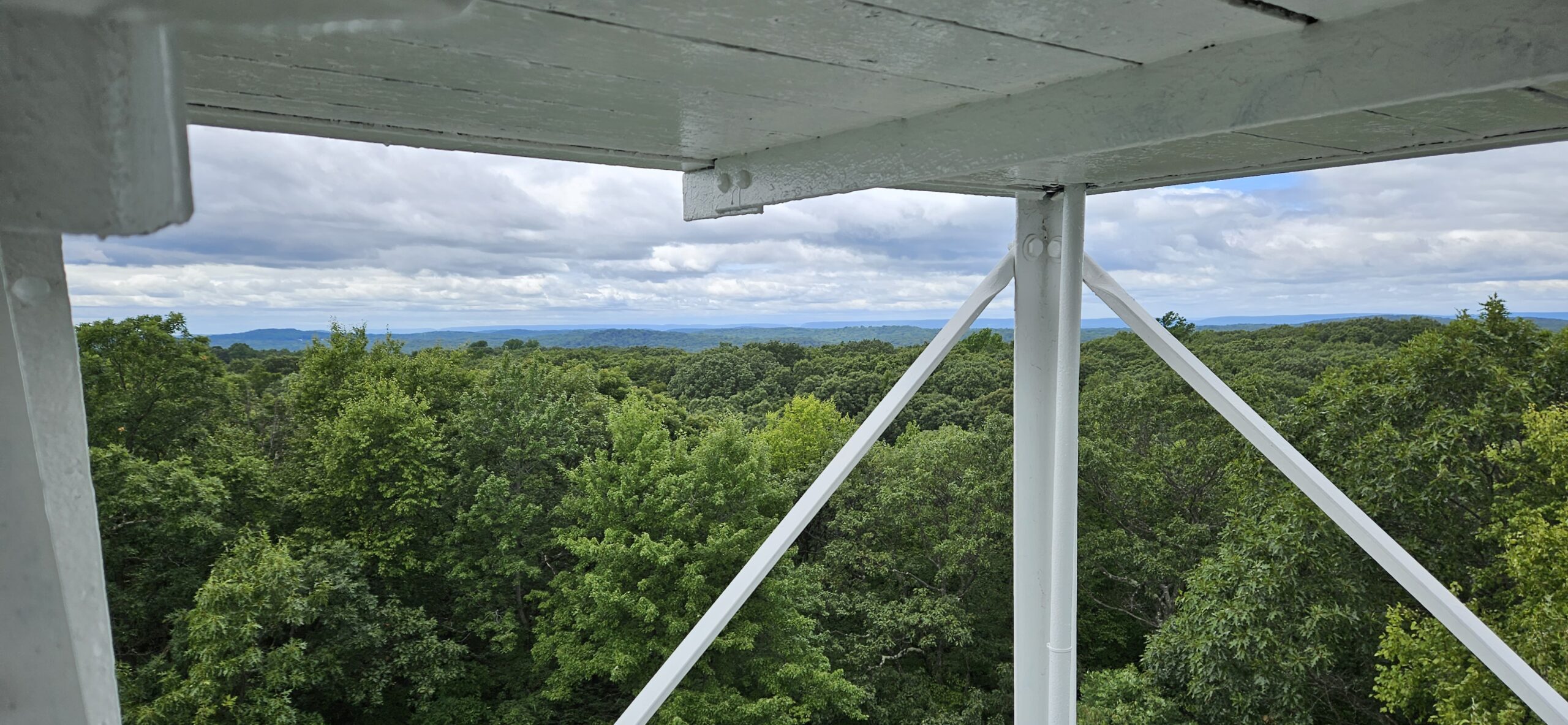Many of the hikes featured on this website feature GPS routes at the bottom of the guide. These routes can be used on your personal phone or GPS device, allowing you to live track your location to ensure you are on the right route. Each guide has two maps embedded, one for Gaia and one for Google Maps, and additional download options for those preferring to use another app, such as AllTrails.
Read on to learn how you can use the GPS routes provided on your phone.
Which GPS to Use?
Gaia
The majority of hikes feature an embedded Gaia map. Gaia is my preferred phone GPS because of the ease of use and quality of map information. The Gaia map features the majority of marked and unmarked trails in parks and features many layers. This is ideal for those who may want to make their own path to the destinations listed, or want to extend a hike.
Your location is live-tracked on the map to ensure you stay on the correct path.
Free accounts can view all the embedded maps featured on this website. Simply click the “View This” button on the map to open it.
Google Maps
Google Maps is an excellent choice for those without a dedicated GPS app, as Google Maps is completely free to use and is available on virtually all phones. One downside to Google Maps is the lack of trails featured. All maps featured on this website work on Google Maps, but side trails are often not visible on the map. Google Maps is great for people who want to follow the hiking guides exactly, but is limited for those who want to explore a little more.
Your location is live-tracked on the map to ensure you stay on the correct path.
GPX and KML
GPX and KML files are also provided in the majority of posts. These files are ideal for those who prefer to use a different service other than Gaia or Google Maps. These files can be imported into most web-based GPS services such as AllTrails, Caltopo, Strava, onX and more. Additionally, these files can be imported into handheld GPS devices such as those made by Garmin.
The GPX (GPS Exchange Format) file includes more data than the KML (Keystone Markup Language) file, but for most purposes, the KML format is sufficient.
Saving a Google Map on a Phone
Note: This guide is for Android devices, iOS devices are likely similar
- Click on the “View Larger Map” button on the top right.

2. Google Maps will automatically open the map if you have the app installed.

Open a Previously Saved Map on a Phone
Note: This guide is for Android devices, iOS devices are likely similar
- Open Google Maps and click on the “You” button on the bottom.

2. Click on the “Maps” button on the bottom left.

3. Click on the map you want to open. The most recently opened map is shown on top by default

4. The chosen map will automatically open

5. As you hike, your location will be automatically updated, ensuring you stay on the correct route.
Exiting an Open Map on a Phone
Note: This guide is for Android devices, iOS devices are likely similar
- Click on the “Map Type” button on the top right

2. Click on the open map at the bottom under “Explore”

3. The map will automatically clear from the screen. If you want to reopen the map at a later point, follow the directions described above under “Open a Previously Saved Map”
GPX and KML Downloads on a Phone
Note: This guide is for Android devices, iOS devices are likely similar
- Choose if you want to download a GPX file of a KML file. A GPX file stores more information, but a KML file is sufficient for almost all circumstances.
- GPX: GPS Exchange Format
- KML: Keyhole Markup Language
- Click on either the GPX Download link or the KML Download link. You will be asked for permission to download. Proceed with the download

3. Open the file once it is downloaded. Depending on what apps you have installed, a few app options with appear. Choose your preferred GPS app, and the file will automatically import.





Leave a Reply